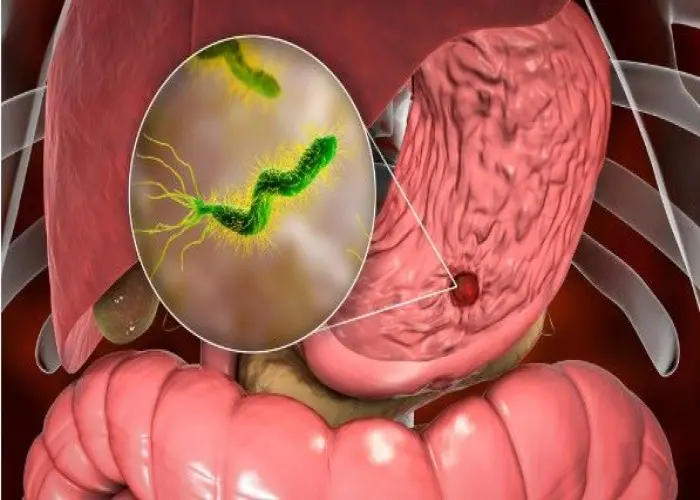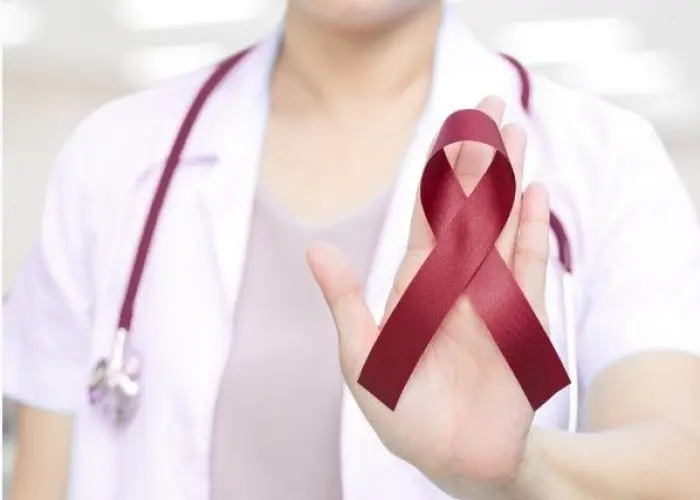 Welcome
Welcome
“May all be happy, may all be healed, may all be at peace and may no one ever suffer."
Polymorphous light eruption

Polymorphous light eruption (PLE) is a common skin condition that occurs as a result of exposure to sunlight. It is also known as polymorphic light eruption or sun allergy. PLE is characterized by an itchy or burning rash that usually appears on sun-exposed areas of the skin, such as the arms, neck, and chest.
The exact cause of PLE is not known, but it is believed to be related to an abnormal immune response to UV radiation from the sun. This abnormal response can cause an inflammatory reaction in the skin, leading to the characteristic rash.
Symptoms of PLE may include redness, itching, and small bumps or blisters on the affected areas of the skin. The rash may appear several hours or even days after sun exposure and typically clears up on its own within a few days to a week.
Treatment for PLE typically involves avoiding sun exposure, using sunscreens with high SPF and broad-spectrum protection, and wearing protective clothing. In severe cases, topical or oral medications, such as corticosteroids or antihistamines, may be prescribed to relieve symptoms and reduce inflammation.
While PLE can be uncomfortable and unsightly, it is generally not a serious condition and does not increase the risk of skin cancer. People with PLE should work closely with their healthcare provider to develop a personalized treatment plan and take appropriate measures to protect their skin from the sun.
Research Papers
Disease Signs and Symptoms
- Skin bumps
- Blisters
- Skin patches
- Itching
- The term "eruption" refers to the rash, which usually appears 30 minutes to several hours after exposure to sunlight.
Disease Causes
Polymorphous light eruption
The exact cause of polymorphous light eruption isn't understood. The rash appears in people who have developed sensitivity to sunlight, especially ultraviolet (UV) radiation from the sun or other sources, such as tanning beds. This is called photosensitivity. It leads to immune system activity that causes a rash.
UV radiation
UV radiation is a wavelength of sunlight in a range too short for the human eye to see. UV light that reaches the earth is divided into two wavelength bands — ultraviolet A (UVA) and ultraviolet B (UVB).
A person with photosensitivity can react to both types of UV radiation. UVB doesn't penetrate glass. UVA does. Exposure to sunlight through windows or even sunscreen-protected skin may cause a reaction in some people with photosensitivity.
Photosensitivity
With polymorphous light eruption, sensitivity to sunlight lessens with repeated exposure. Features of polymorphous light eruption are somewhat predictable:
- An episode is most likely to occur after the first one or two times of sun exposure after a long period of no exposure, such as in spring or early summer.
- Episodes are less likely to happen as the summer progresses.
- After the first episode, it's likely to happen each year. Some people gradually become less sensitive over several years and eventually no longer experience the yearly rash.
Disease Prevents
Disease Treatments
Treatment of polymorphous light eruption usually isn't needed because the rash usually goes away on its own within 10 days. If your symptoms are severe, your health care provider may prescribe anti-itch medicine (a corticosteroid cream or pill).
Phototherapy
Your health care provider may suggest phototherapy to prevent seasonal episodes of polymorphous light eruption if you have disabling symptoms. This exposes the skin to small doses of UVA or UVB light that helps your skin be less sensitive to light. It mimics the increased exposure you would experience during a summer.
Disease Diagnoses
Disease Allopathic Generics
Disease Ayurvedic Generics
Disease Homeopathic Generics
Disease yoga
Polymorphous light eruption and Learn More about Diseases

Duodenal Ulcer

Ice cream headaches

Heat exhaustion

Complex regional pain syndrome

Triple X syndrome

Factor V Leiden

Rheumatic fever

Rickets
polymorphous light eruption, পোলিমোরফাস লাইট ইরাপশন
To be happy, beautiful, healthy, wealthy, hale and long-lived stay with DM3S.
